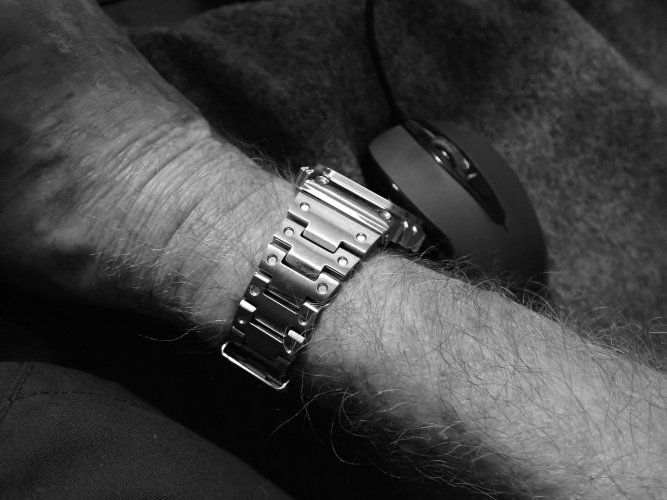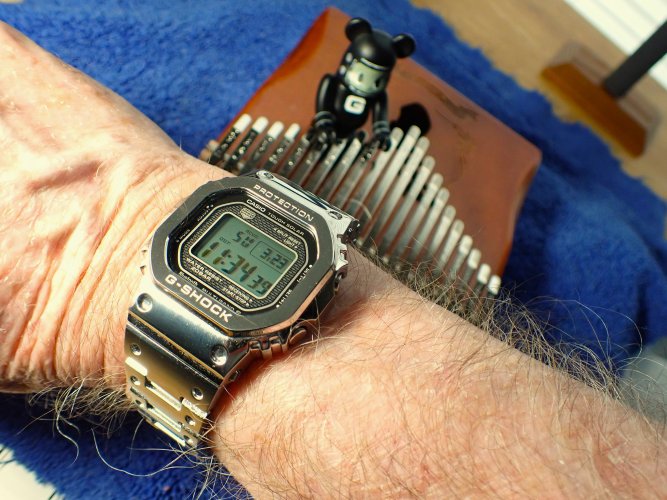stuartr
Loyal member of Team Useful Post.
- Joined
- Oct 18, 2001
- Posts
- 2,356
- Likes
- 12
This is misinformed. The levels at which pro digital SLRs are now operating essentially eliminates the difference between 35 mm film and digital for color photography. The limiting factors become the lenses and the input/output media (paper, printers, enlargers). Note, I would only apply this to the Canon D1s and Kodak DCS-1. Also note that digital has no grain, so at larger enlargements the resolution of the camera and not the grain of the film is a factor. To achieve best results for film you need a film of 100 ISO or lower, and grain is still visible. For black and white, film is better capable of dealing with the vast range of similar tones than CMOS or CCD sensors, and so it still offers more natural presentation. Medium format film still is vastly superior to all digital beyond digital backs that are specially designed for medium format cameras. Note: I am not talking about consumer cameras, but to say a 6 dollar disposable camera with a plastic lens will give you a better picture than a pro-sumer digital SLR or even prosumer digicam is just wrong. This is coming from a rabid film reactionary who works in a wet darkroom and uses fully manual cameras, including one that is over 40 years old and another that is unchanged since 1954.
Quote:
Quote:
| Originally Posted by immtbiker That's not true Ipodstudio. A digital camera at any cost, cannot equal the image density of a film camera when printed. On a computer screen, it doesn't matter because it is only 72dpi, unless you are using it for editing. That's what I first thought, but I found a lot of good watchwinders on EBay for ~ $60, and that's a worthwhile investment to keep a high quality watch in good working order. Less than a mediocre pair of interconnects. |




























